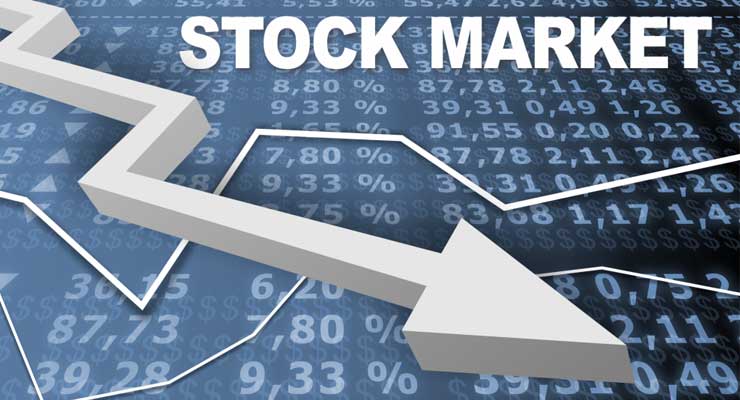
In the last century, open election years show a worrying pattern of stock market underperformance | Democracy, elections and voting at Democracy Chronicles
With the World Series over and the fourth Republican primary debate scheduled for tonight, the reality that a new presidential election year is less than a year away is rapidly settling in. Bull markets tend to climb a wall of worry, and next year’s ” open election,” where there is no incumbent in the race, may present a new obstacle for the stock market to overcome. As I pointed out in an August blog on the night of the first republican debate, with grassroots voters in each party coalescing around nontraditional candidates, not only are the early poll results a signal of wider discontent in the electorate, they also widen the possible policy outcomes that could follow next November’s elections.
On the one hand, there is nothing particularly notable about presidential election years. We have had 54 of them back to 1800, and the total U.S. stock market has returned 10.1% on average in those calendar years. That is very close to the 9.7% average calendar year return between 1801 and 2014. However, in the last 100 years, the stock market has returned only 2.1% on average during open election years.
Of the eight open election years over the last century, the Dow Jones Industrial Average has seen negative returns in 2008, 2000, 1960 and 1920. Put another way, the odds of a “down year,” which is typically one in four, rises to one in two in open election years over the past century, if you use the Dow as your proxy.
See here for an explanation of why…
Leave a Reply